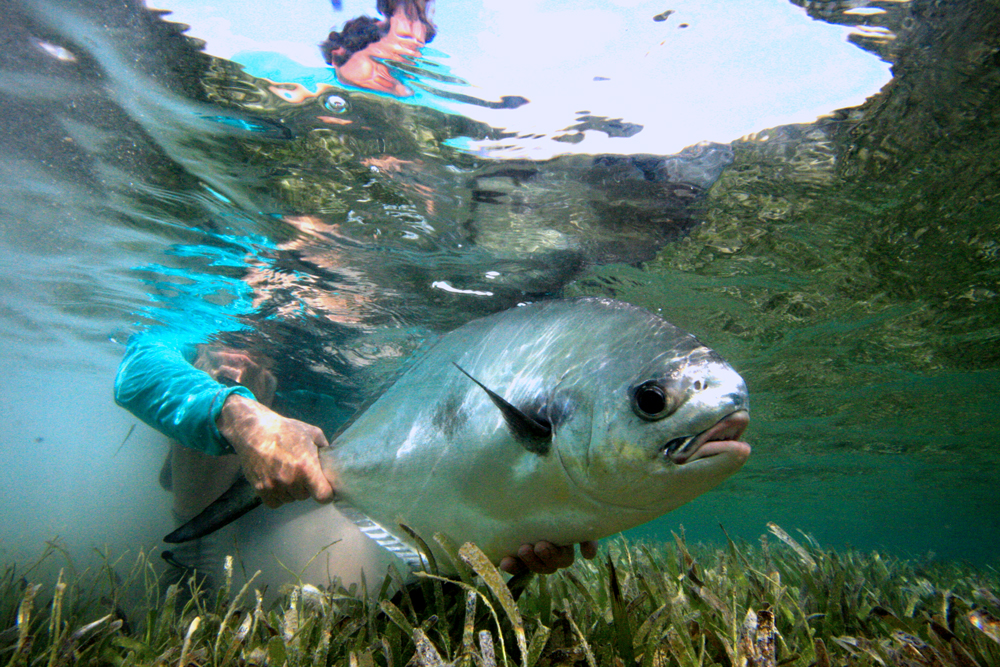Fishing for the Future: Facts and Feelings
By Tyler Justice Allen / Photo by David McCoy
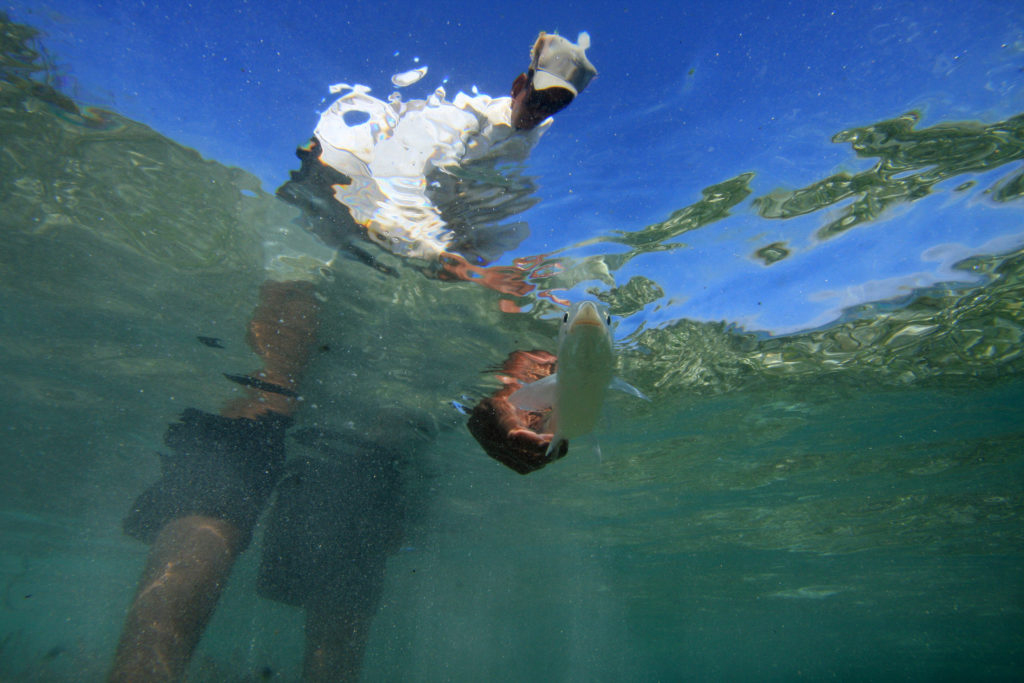 Fishing is all about decisions. Eight-weight or ten-weight. The #1/0 olive merkin or that other crab pattern. This mud or that. Whatever we choose, we have to live with the consequences of those decisions. Some decisions shouldn’t be read too far into; others go a bit deeper.
Fishing is all about decisions. Eight-weight or ten-weight. The #1/0 olive merkin or that other crab pattern. This mud or that. Whatever we choose, we have to live with the consequences of those decisions. Some decisions shouldn’t be read too far into; others go a bit deeper.
The sheer fact that we fish is telling of what lies beneath those layers of sunscreen. We interact with the natural environment in a manner unique to our tribe and devote ourselves to the intimate knowledge of those we chase. It’s this quest for knowledge that is indicative of what we care about and our ultimate intentions.
Intention drives species conservation, habitat preservation, and the development of next year’s best new fly rod. Intention composed the words and images in this magazine. It’s intention, not scare tactics or misplaced bravado, that will ensure the longevity of sport fishing. More specifically, it’s each angler’s intention that makes the largest difference.
Showing our affinity for fish and fishing begins before we ever hit the water. The decisions we make before leaving the house – and the mindset we choose for ourselves – are felt by not only ourselves, but the anglers who visit those same waters in the future. For some folks, choosing sustainable fishing practices is commonplace and a nonevent. For many anglers, however, it requires a reconciliation of the desire to relinquish earthly responsibility and the knowledge that fish are delicate and populations decidedly finite.
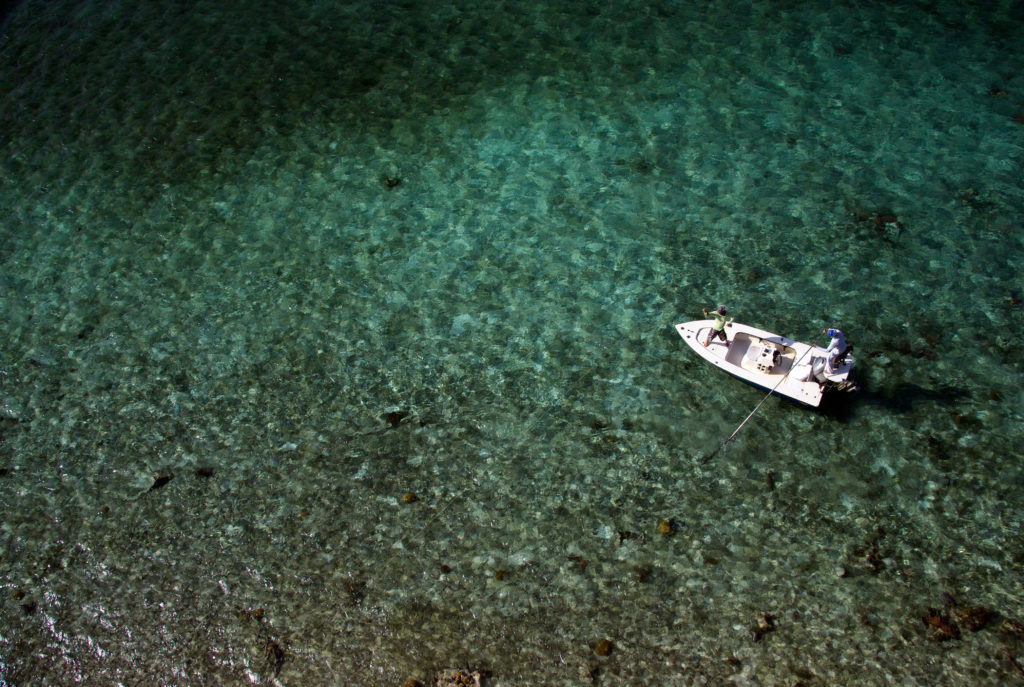
Whichever camp you fall into, there are fishing practices proven to reduce the number of fish that go belly-up after you’re back on land enjoying that well-deserved cocktail. It’s common to assume that a fish which swims away after being released is ‘okay’ and will survive to fight another day. The unfortunate reality is that even fish which appear minimally affected by the angling event can and do die as a result of some fishing practices. Those that don’t die often exhibit effects that may endanger they or their offspring. Working in concert against the fish, the effects of these practices needn’t be written off as ‘the price we pay to play the game’, but rather viewed as challenges to overcome.
Fisheries researchers have long studied the impact of air exposure on sport fish and the results are compelling. Most fish rely on their gills to exchange oxygen and carbon dioxide from the surrounding water and are adversely affected by time above water. Much as we’re unable to breathe underwater, fish are unable to respire if water isn’t actively flowing through their gills. Allowing fish to remain below the water’s surface ensures uninhibited respiration and increases the likelihood that it will be caught again.
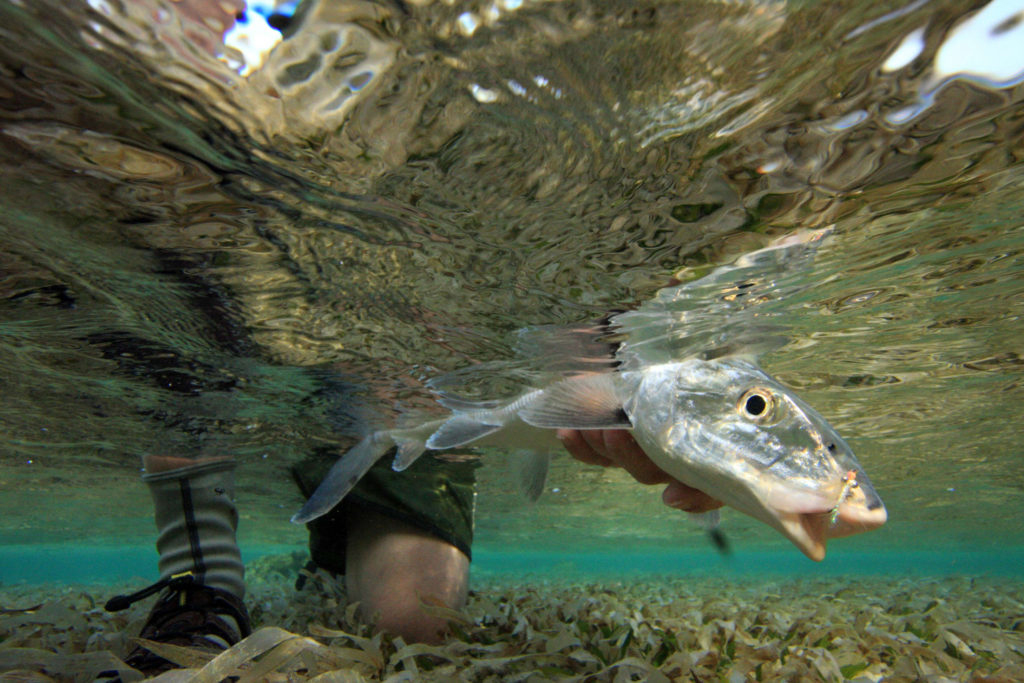 Water temperatures significantly above the local average for a given time period can further compound the risk posed by air exposure; warm water contains less dissolved oxygen than cool water relatively, and a population’s physiology is optimized for a fairly narrow temperature range. If water temperatures exceed a population’s temperature limit, the fish exhibit marked behavioral changes, appear lethargic, and may be unable to evade predators to the same degree. Predators are ubiquitous in tropical and sub-tropical marine environments, and the ability to bounce back after release is a major factor in a fish’s survival. The best thing we can do – as hard as it is – is leave the rod at home when water temperatures spike. Don’t you have a kid to wash or a truck to feed?
Water temperatures significantly above the local average for a given time period can further compound the risk posed by air exposure; warm water contains less dissolved oxygen than cool water relatively, and a population’s physiology is optimized for a fairly narrow temperature range. If water temperatures exceed a population’s temperature limit, the fish exhibit marked behavioral changes, appear lethargic, and may be unable to evade predators to the same degree. Predators are ubiquitous in tropical and sub-tropical marine environments, and the ability to bounce back after release is a major factor in a fish’s survival. The best thing we can do – as hard as it is – is leave the rod at home when water temperatures spike. Don’t you have a kid to wash or a truck to feed?
Exhaustion can be a touchy subject for anglers. Playing fish with light tackle has been a favorite pastime of many angling families,
and for good reason: It’s a blast and a hell of a challenge. It also completely exhausts the fish by necessity; you’re not going to land a 100 pound tarpon on #4 tippet if it’s still acting like a spring chicken. Exhausted fish can become a quick meal for a passing shark and may not protect their brood from smaller predators. Interestingly, exhaustion and stress provide chemical testimony to the angling event’s neurological and physical impact. Like humans, cortisol (a stress-driven hormone) and lactic acid (which the body produces during over-exertion) can both be measured to give a rough picture of the angling event’s physiological effects. Sporting’s ‘leave no trace’ ethic suggests that we leave things as we found them. For a released fish, that means an individual that can still evade predators and maintain normal behavioral patterns.
Minimizing our footprint as anglers includes adopting practices that reduce harm to fish intended for release. Some practices can be applied across species, while others are only applicable to certain fish. Adopting some or all of these practices helps provide fishing opportunity for today’s anglers and those that follow in our footsteps.
- Minimize fight time. Exhausted fish have a difficult time recovering from being caught and are more susceptible to predation and swift currents than fish quickly brought to hand. Exhausted fish may be unable to fulfill their parenting responsibilities, hurting the next generation of fish.
- Use low-impact equipment and lures. Using artificial lures has been proven to reduce fish mortality relative to bait; flies and single-hooked lures have the lowest associated impact. Equipment manufacturers are constantly developing new products to help minimize our impact on caught fish. Employing small-mesh rubber nets when applicable, barbless single hooks, and adequately-rated rods and lines all help get released fish back at it.
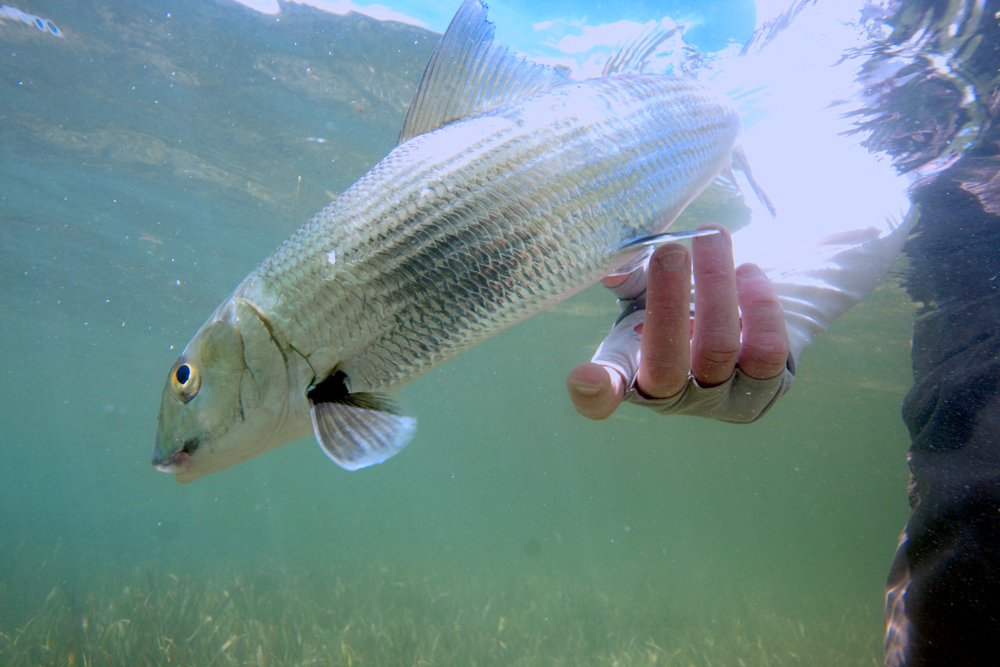
- Avoid air exposure. Most sport fish are unable to respire unless their gills are submerged. Keeping a fish above water prevents the fish from ‘breathing’ and further adds to angling-induced stress.
- Handle fish gently. Learn to ‘tail’ a caught fish by grasping it by the wrist, found just north of a fish’s tail. Tailing restricts a fish’s ability to move, easing control and minimizing mucus loss from unnecessary contact. Wet hands help keep fish slimy and parasite-free.
- Watch the water temperature. Warm water contains less available dissolved oxygen than cool water, making recovery that much more difficult on caught fish. In those dog days of summer when water temperatures are significantly above normal, it’s often better to swim with the fishes than trying to bring one to hand.
- Manage barotrauma. Deep-dwelling fish may experience injury if brought to the surface quickly. Barotrauma can cause bulging eyes, distended organs, and marked behavioral changes. Fish caught in more than 30 feet of water should be brought to the surface slowly (contrary to tactics for surface fish) and examined for signs of barotrauma. Released fish exhibiting signs of barotrauma should be lowered back to depth with a specialty or DIY descending device as soon as the fish is brought to hand. “Fizzing” or “venting” helps with immediate decompression but often leads to organ damage and should be avoided.
We respect our fisheries for what they provide, but also for what they represent. Each of us has the opportunity to help ensure sport fishing’s survival for future generations. Let’s protect that wildness for everyone’s sake.
.

